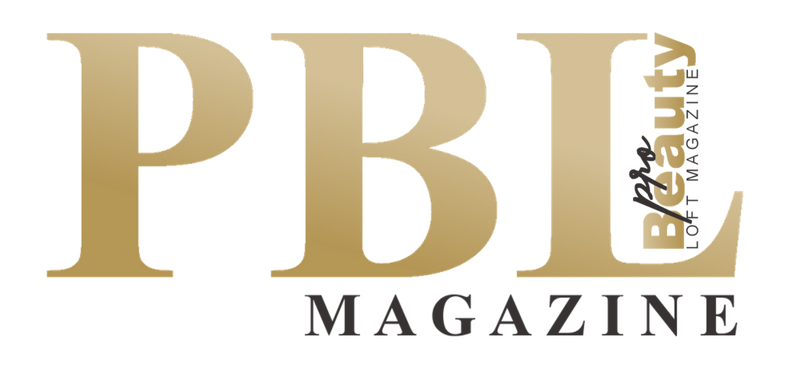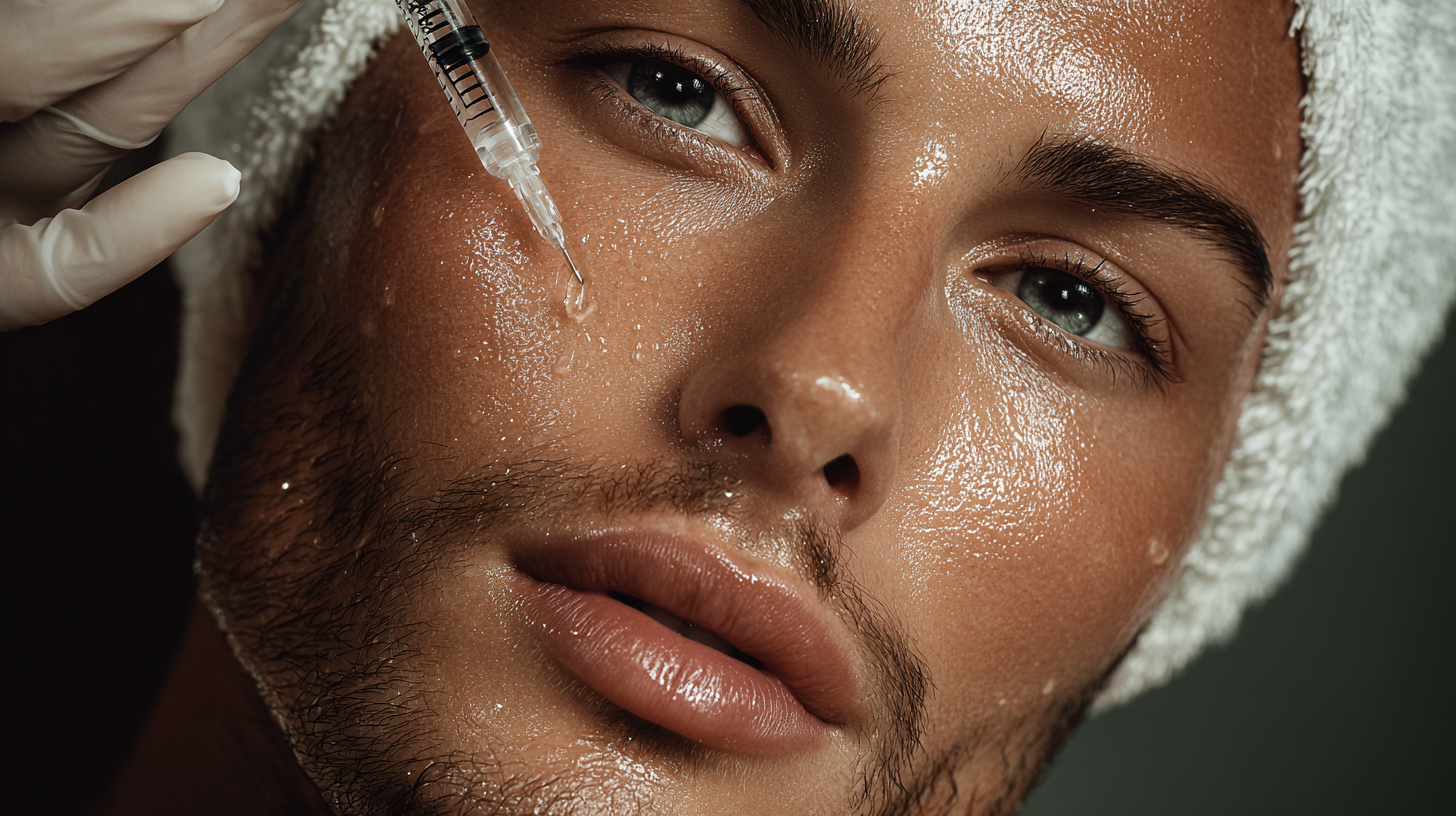The Importance of the Golden Ratio and Facial Harmonisation in Aesthetic Medicine
Some believe that the ‘golden ratio’ equals the ‘perfect’ face in aesthetics, and would equate to a more balanced, harmonised facial proportion. Although these ratios might be appropriate to some, it won’t be suitable for all patients due to differing sizes, shapes and widths of facial features. As a result, many aesthetic practitioners decide to look at the face as a ‘whole’ by marking up injection points and treatment areas to highlight to the patient how facial harmonisation will be achieved and also to guide the practitioner on where product will be injected. We spoke to aesthetic practitioner Dr Yusra Al-Mukhtar on how she achieves facial harmonisation for patients and the utensil she uses in her clinic.
Why is it important for patients to have facial harmonisation when it comes to injectables?
Facial harmonisation is the foundation of aesthetic medicine, ensuring that injectable treatments enhance a patient’s natural beauty rather than altering their fundamental features.
The human face has proportions and balance that, when disrupted by ageing, volume loss, or asymmetry, can create an imbalanced or tired appearance. By considering the face as a whole rather than treating isolated areas, we achieve results that are subtle, elegant and long-lasting.
Injectables should not just target wrinkles or volume loss. Rather they should work in harmony with bone structure, soft tissue and natural expressions. A well-balanced face is perceived as more youthful, attractive and expressive.
My motto is look good, not done, and look fresh, not fake!
What are the key areas you will mark up on a patients face before injectables?
I assess the face in all angles – frontal, side view and oblique view – also known as ‘selfie angle’ and the face is assessed from the trichion (hairline) to the apex of the chin and into the neck.
Every face is unique, and the marking process acts as a guide to ensure that injections are placed precisely and strategically to achieve optimal results following full-face assessment.
The areas marked will depend on the patients’ facial structure, concerns and treatment goals. I do not operate a cookie cutter approach to aesthetics, instead providing personalised bespoke treatment planning.
Commonly this may include: the forehead and temples, mid-face (cheeks and tear troughs), nose, jawline and chin, lips and perioral area, nasolabial folds and marionette lines.
Do you think it is necessary to mark up a patients’ face and what are the benefits of marking up?
Yes, marking up is absolutely necessary for precise and effective treatment, and for this I use a Skrybe FM1 Pen.
Injectables need to be placed at the correct depth, location and angle to achieve a natural result. Marking up ensures accuracy, symmetry and balance. Whilst small asymmetries are common in all faces; marking up allows us to adjust and correct imbalances before injecting where necessary.
Marking up also aids patient communication. Seeing the markings helps the patient understand why certain areas are being treated, where filler will be placed and how this will optimise their aesthetic.
Marking up is also important for safety. It helps highlight and avoid important blood vessels and danger zones, reducing the risk of complications.
What are the techniques you use to ensure that facial harmonisation is achieved?
Achieving true facial harmonisation requires a combination of artistry, anatomical knowledge and advanced techniques. Some of the key methods I use include:
PHI Ratio (Golden Ratio) – We use this as a guide and not a rule, as every patient will have a desired outcome and aesthetic.
Vector-Based Rejuvenation – Marking up the line of ligaments and treating the face in a way that respects its natural lifting points and contours is vital to plan and execute with accuracy.
Layered Injection Techniques – Using different depths and types of fillers (or combination treatments) for a natural, soft finish.
Minimalist Approach – Less is often more; the best results are those that are undetectable yet transformative.
Personalised Treatment Plans – Every patient’s anatomy is different, so harmonisation is tailored to their unique features.









